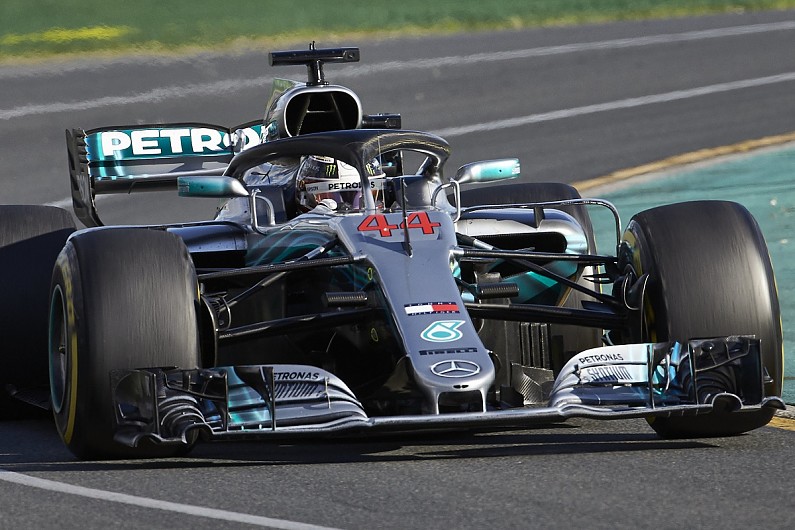Formula 1 engine ‘party modes’ have become a big topic at the start of the 2018 season, with debate increasing over whether manufacturers should be allowed such settings.
In this clip from Motorsport Show, Peter Windsor and Craig Scarborough explore what the term really means, and why teams cannot just push their engines to full power throughout a grand prix weekend.
“You’ve got to manage your performance versus reliability and fuel consumption,” says Scarborough.
“You’ll have very conservative race modes when you are trying to conserve fuel or save the engine, and then you’ve got qualifying or those moments when you are trying to overtake or defend, where you want to crank it up.
“The other factor you’ve got is the duty cycle of the engine. You couldn’t run one of these engines flat out for four or five races – it just won’t be reliable enough.
“The teams have these complex algorithms to work out how much the engine has been run at maximum power, how much it’s been run at high temperatures, and that all affects subsequently how much you can turn it up at different points.
“There is a wider question here – do we want people turning up the power during qualifying and certain points in the race, and do we want people turning the engine down?
“What we really want is maximum power through the race, where the driver isn’t having to manage the engine, which is a slightly negative thing for Formula 1.
“The regulations were shaped that way, but I think now we realise that’s something we don’t want.”
